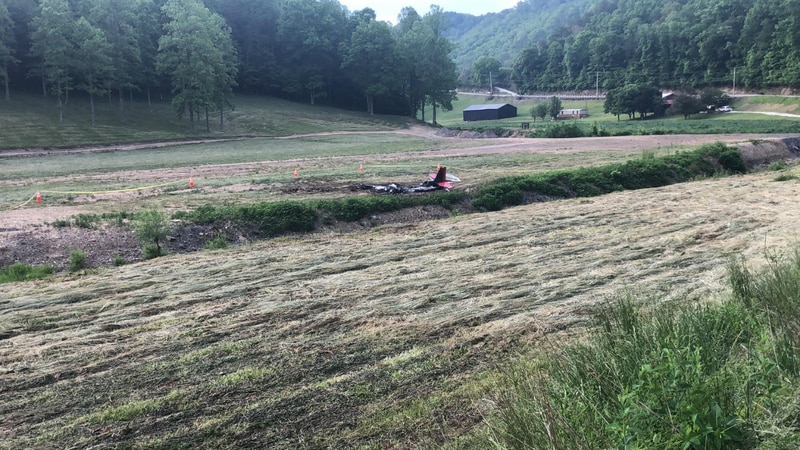https://data.ntsb.gov/carol-repgen/api/ ... 103135/pdf
During a cross-country flight at cruise altitude, the pilot reported a loss of engine oil pressure and loss of engine power to air traffic control and subsequently performed a forced landing to a field. The airplane impacted the ground, and the wreckage was partially consumed by a post impact fire.
Examination of the wreckage revealed oil staining on a portion of the horizontal stabilizer and broken pieces of the windscreen that were found at the site. Examination of the engine revealed that with the exception of the oil sump, which had been partially consumed by the postimpact fire, the crankcase, cylinders were intact, and continuity of the crankshaft and valvetrain were confirmed. The examination also found that an oil line connecting the engine to an aftermarket oil valve had separated, though it could not be determined if the separation occurred prior to, or as a result of the airplane’s impact with the ground.
